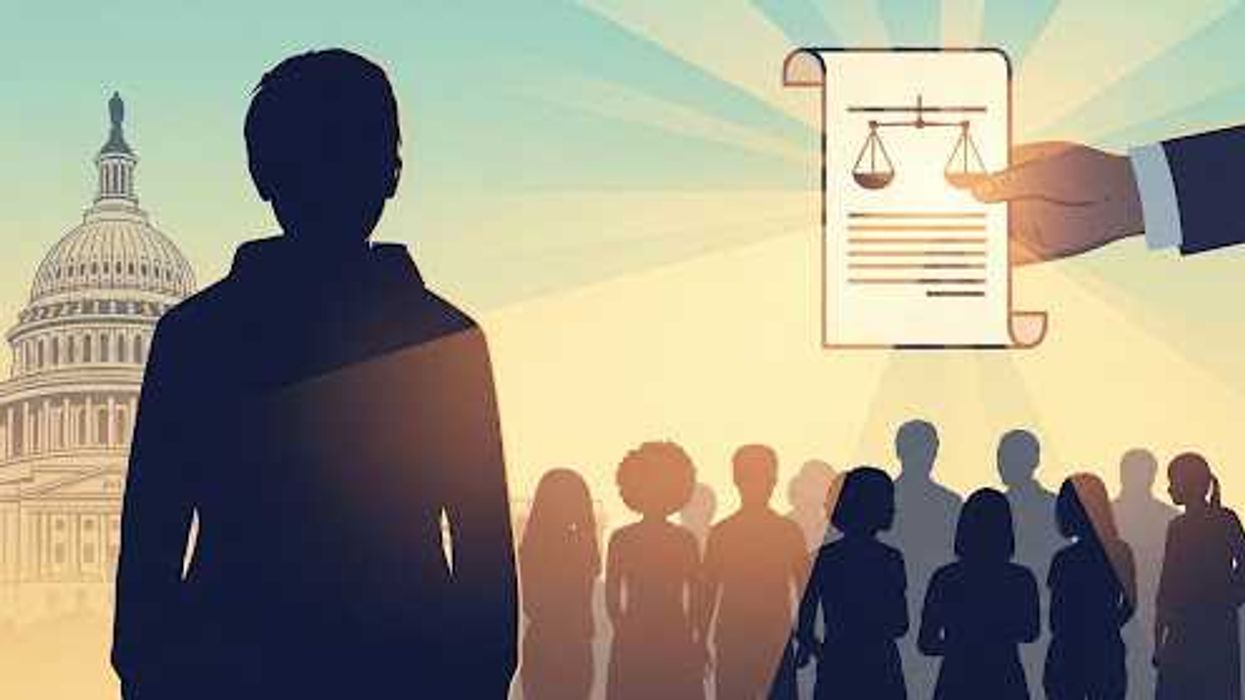A Trump administration rule permitting many politically active nonprofits to keep their donors a secret has been upended by a federal judge, who says the regulation was written with illegal secrecy.
The IRS decided one year ago to allow so-called 501(c)4 organizations, known as social-welfare groups, to generally keep their contributor lists from the IRS – further accelerating the flow of anonymously donated "dark money" into campaigns. Prominent examples of these organizations are the National Rifle Association, the AARP, Democratic Socialists of America and the Koch brothers' Americans for Prosperity. They are permitted to retain their tax-exempt status so long as they spend less than half their money trying to influence elections.
But a federal trial judge in Montana, Brian Morris, ruled this week that the IRS moved too quickly in its rulemaking and did not give the public a formalize means to weigh in.
The judge was acting on a lawsuit brought by Democratic Gov. Steve Bullock, a long-shot presidential candidate, and the state of New Jersey. Its attorney general, Gurbir Grewal, called the decision a "big win for democracy" because "not only did the IRS try to make it easier for dark money groups to hide their funding sources, it did so behind closed doors."
Treasury Secretary Steven Mnuchin had defended the regulation, which applied to donors of more than $5,000, as protecting individual benefactors' privacy. Advocates for tougher campaign finance regulation said it continued the trend of porousness that permitted potential abuse, including foreign interference in elections.


















